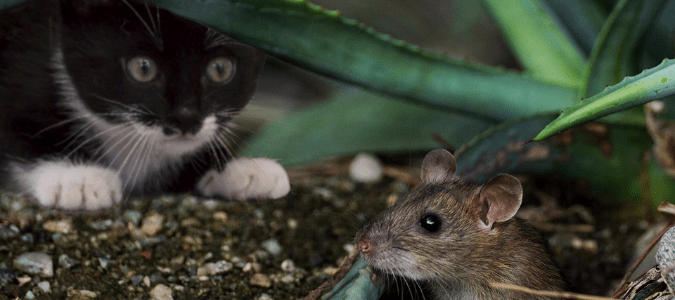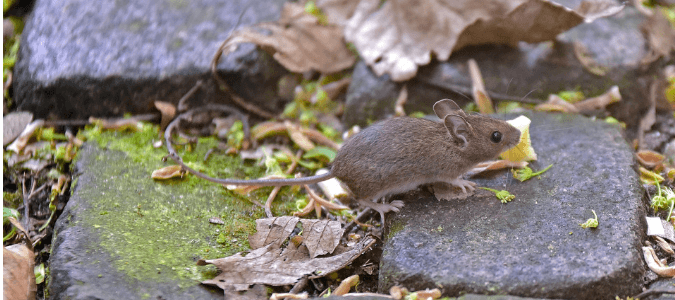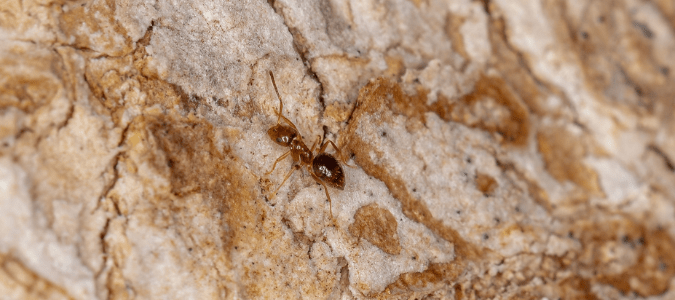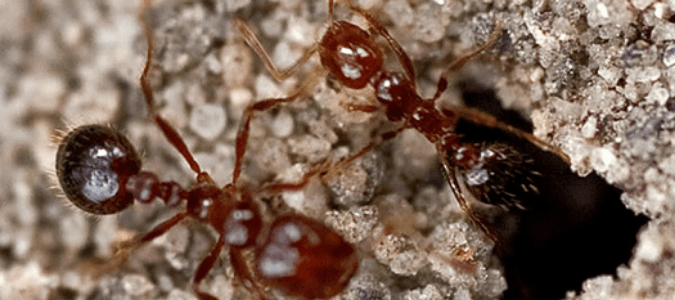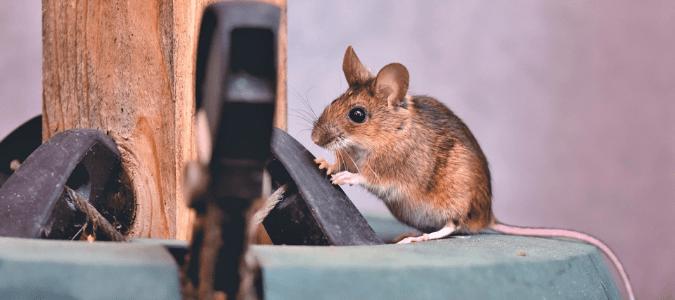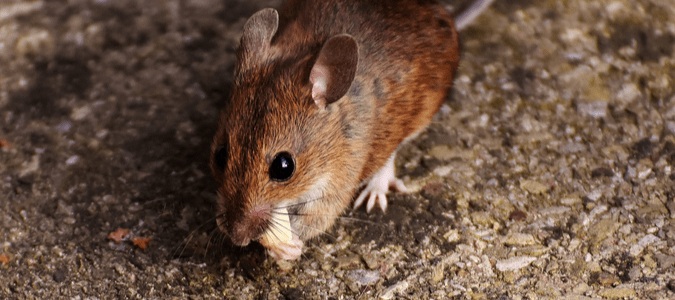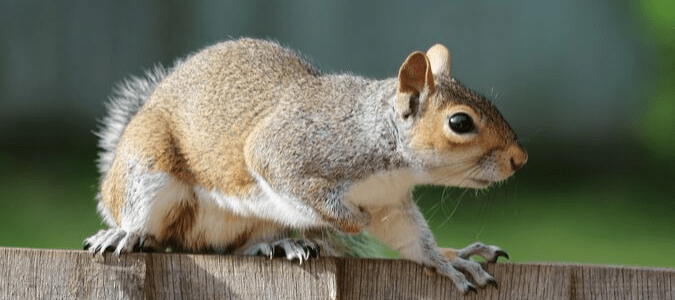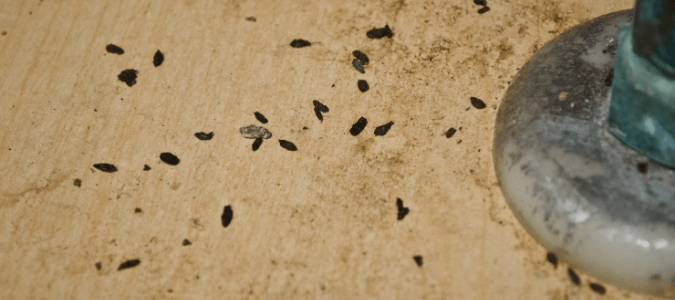Silverfish Identification & Control Guide
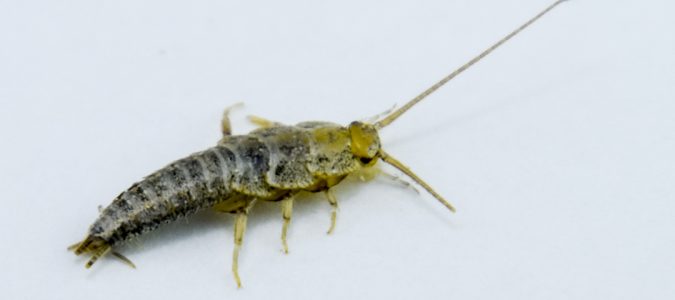
Silverfish are very small, wingless insects. Silverfish eggs are so tiny, they’re hard to see without a magnifying glass. Baby silverfish, or nymphs, are also very, very small. Adult silverfish grow to about a half-inch long and just an eighth of an inch wide. They get their name from their interesting appearance: They are a silvery-gray color, and they are covered in what look like fish scales. Their long, narrow bodies also move on their tiny legs in a side-to-side way that looks like fish swimming in water.
Silverfish have long antennae on their heads as well as long, tail-like spikes coming out of their hind ends. They actually look a little bit like shrimp, although they don’t live in water. They live either outdoors or in our houses, where they can cause hidden damage to our things.
Silverfish are attracted to moisture and humidity. Outside, these insects might be found in … Read Full Post »
